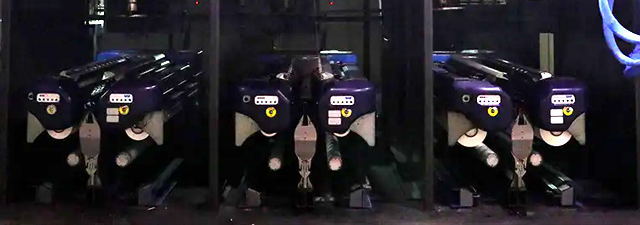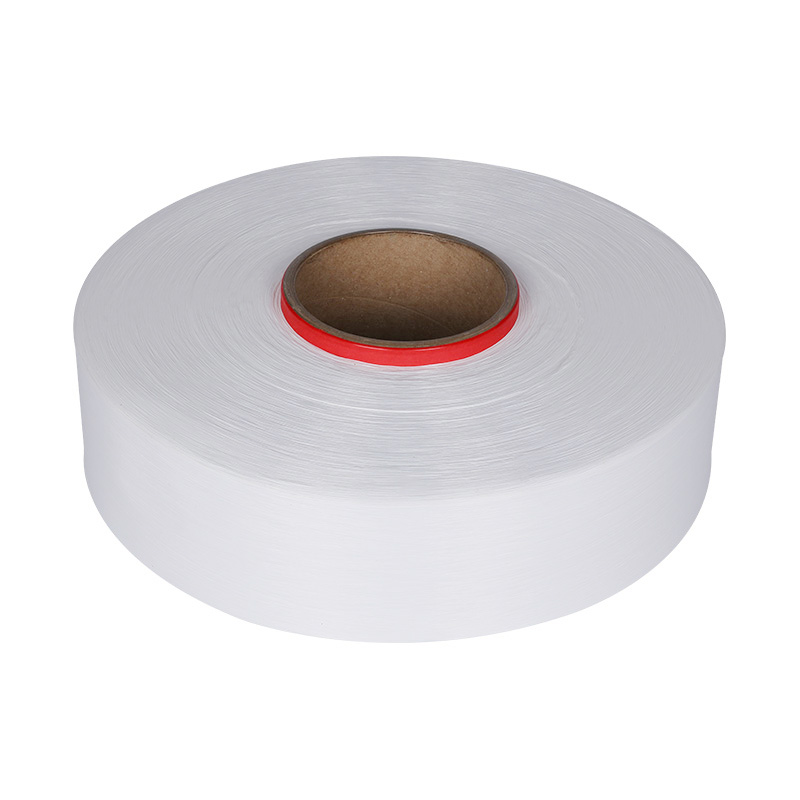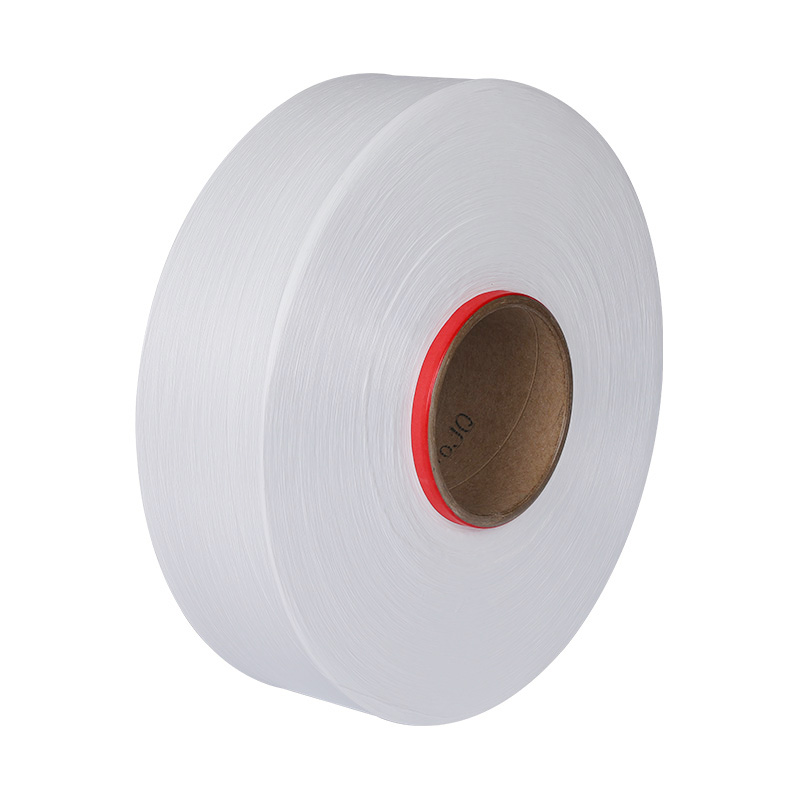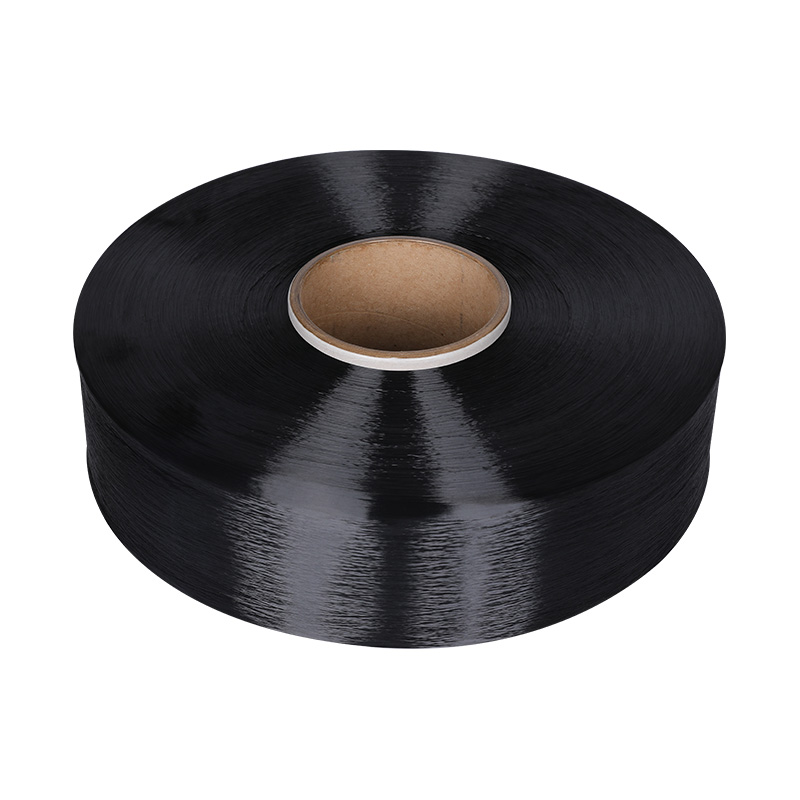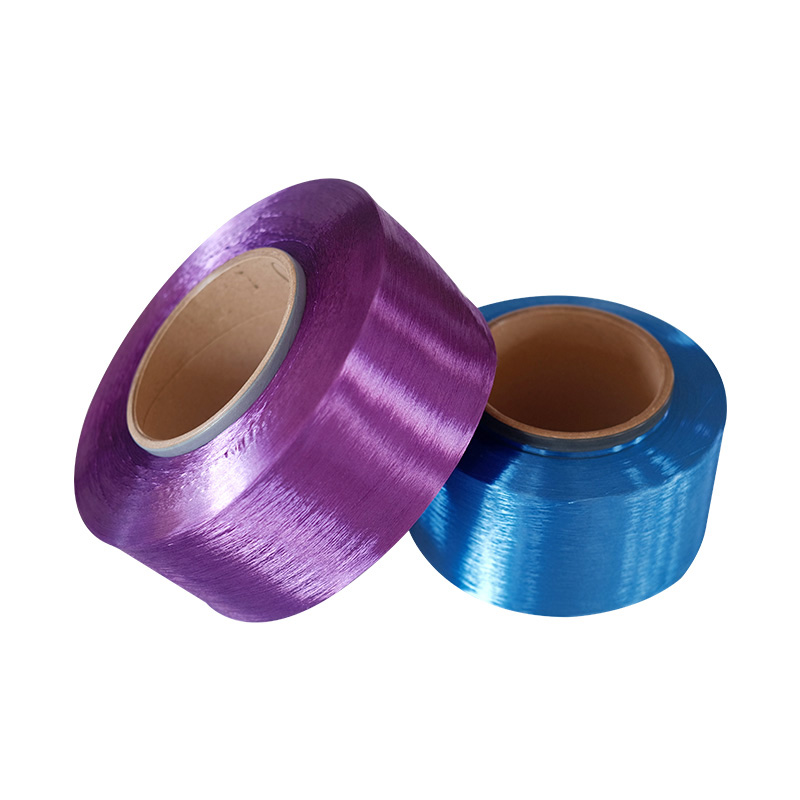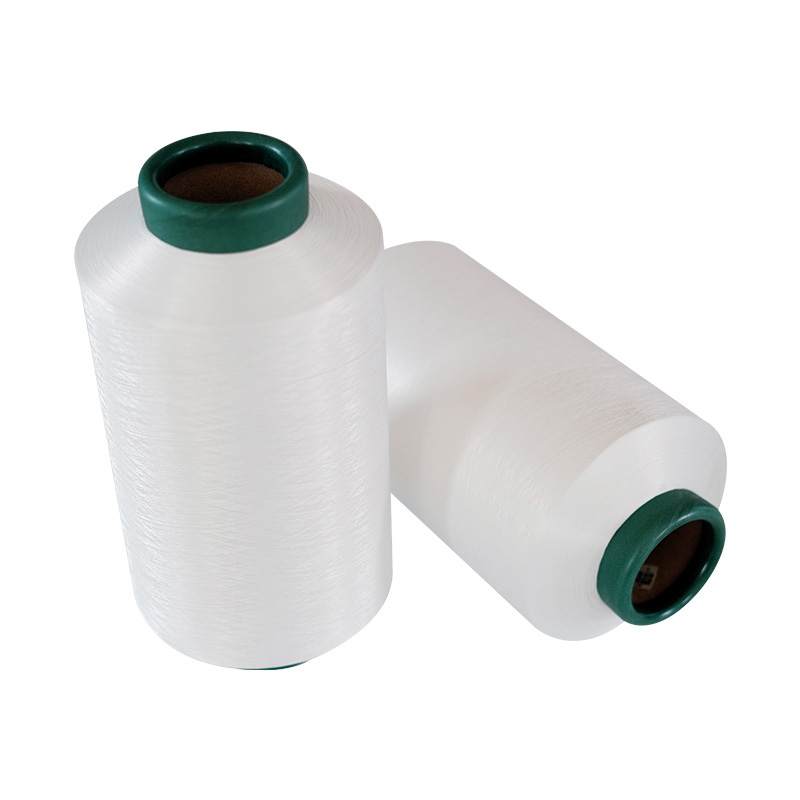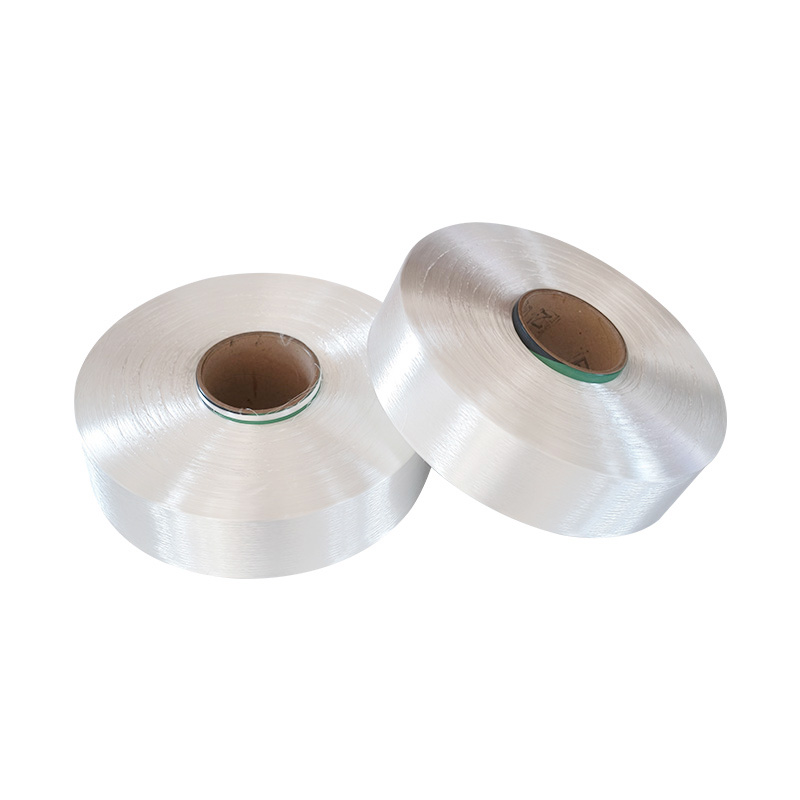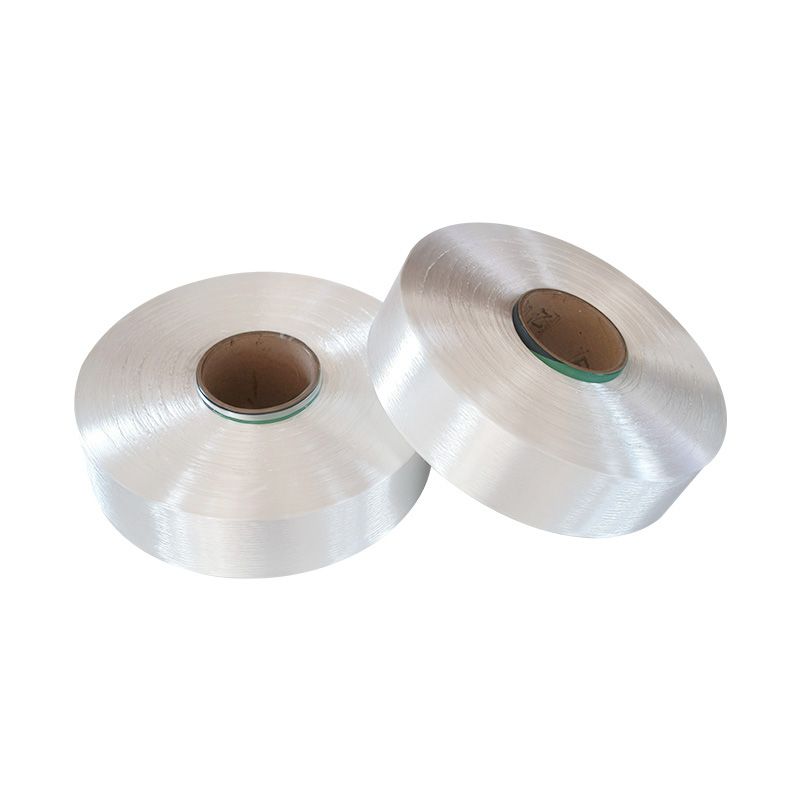Introduction
Of all the components in industrial and agricultural settings, few are as fundamental yet overlooked as the chain. From securing heavy loads on a truck to lifting equipment in a warehouse, its role is critical. In markets like Australia and beyond, the Australian Standard Chain - Medium Link Chain represents a benchmark for reliability, engineered to meet specific safety and performance criteria. This article explores the journey of such a chain—from its manufacturing and rigorous testing to its real-world applications—to help you understand what to look for when selecting a safe and durable load-bearing chain.
Definition and Specifications: Understanding the Chain's "Identity Card"
Before delving into its applications, it is crucial to understand what defines a Medium Link Chain. This term typically refers to a welded steel chain with specific, standardized dimensions for its links. When a chain is manufactured to an official standard, such as the Australian Standard Chain, it carries a set of precise specifications that serve as its unique identity, guaranteeing its performance and interoperability.
These specifications are not arbitrary; they are the result of extensive engineering and testing to ensure predictable strength and safety. The most critical parameters include the nominal chain size, which corresponds to the diameter of the metal bar used to form each link, as well as the internal length and external width of the links themselves. Understanding these figures is the first and most vital step in selecting the correct chain for any task, as they directly correlate to the chain's Working Load Limit (WLL).
The following table provides a simplified comparison of common specifications one might encounter for a generic medium link chain, illustrating how key dimensions typically relate to its load-bearing capacity. It is important to note that these are for illustrative purposes only, and the exact specifications for a certified Australian Standard Chain must be sourced from the official standard documentation.
| Nominal Chain Size (mm) | Approximate Inside Link Length (mm) | Approximate Outside Link Width (mm) | Typical Working Load Limit (WLL) in Tonnes* |
|---|---|---|---|
| 8 mm | 24 mm | 32 mm | 1.0 t |
| 10 mm | 30 mm | 40 mm | 1.6 t |
| 13 mm | 39 mm | 52 mm | 2.8 t |
| 16 mm | 48 mm | 64 mm | 4.0 t |
*Important Note: The Working Load Limit (WLL) values are highly dependent on the grade of steel and the specific manufacturing standard. The values shown are representative and must never be used for actual selection without consulting the manufacturer's certified load charts.
As the table demonstrates, even a small increase in the nominal chain size results in a significant increase in its safe working load limit. This underscores the importance of never estimating a chain's capacity by its appearance alone. Relying on the precise specifications, as mandated by standards like those for the Australian Standard Chain, is the only way to ensure safety and prevent catastrophic equipment failure. The next section will explore how these robust links are physically created through specialized manufacturing processes.
Manufacturing Process: Where Strength is Forged
The impressive specifications and load capacities of a chain are not achieved by material alone; they are the direct result of a precise and robust manufacturing process. For a medium link chain, every single link must be uniformly strong and reliable. The cornerstone of this reliability lies in the method of its construction, most commonly through Welded Link Chain Manufacturing.
The process typically begins with high-tensile steel rod, which is cold-formed or hot-forged into the familiar oval links. However, at this stage, each link is merely an open loop. The critical step that transforms these individual loops into an unbreakable circuit is the welding process. Modern manufacturing often employs a technique known as flash-butt welding. In this automated and highly controlled process, the ends of the steel link are precisely aligned, and an electrical current is passed through them. This generates intense heat, causing the metal ends to become molten. They are then forged together under high pressure, effectively fusing the two ends into a single, solid piece of metal.
This weld is not a weak point but is engineered to be as strong as, or even stronger than, the parent metal itself. A high-quality weld ensures that the force applied to the chain is distributed evenly throughout the entire link, preventing failure at the joint. For a product like the Australian Standard Chain, this welding process is strictly controlled and monitored to meet defined quality benchmarks. The result is a seamless and homogeneous connection that is often visually indistinguishable from the rest of the link, contributing to the chain's consistent performance and integrity under load.
Once welded, the entire chain may undergo a heat treatment process to relieve internal stresses induced during forming and welding, further enhancing its toughness and durability. It is this meticulous attention to the manufacturing detail that creates the foundational strength upon which all subsequent safety tests and real-world performance depend.
Safety Testing: Verification Beyond the Working Load
Manufacturing a chain to precise specifications is only one half of the safety equation. The other, arguably more critical half, is subjecting every single meter of the finished product to a rigorous validation process known as Standard Chain Proof Testing. This is the ultimate "trial by fire" that separates a genuinely reliable chain from one that merely looks the part.
Proof testing is a non-destructive quality control procedure designed to verify the structural integrity of a chain. The process is straightforward yet severe: after manufacturing, the chain is fed through a hydraulic testing machine that applies a massive, predetermined tensile load. For a chain certified to a recognized standard, this test load is typically set at twice its stated Working Load Limit (WLL). For example, a chain with a 4-tonne WLL would be subjected to a proof test load of 8 tonnes.
The objective of this test is not to see if the chain will break, but to ensure that it can withstand this extreme overload without any signs of permanent deformation, cracking, or other failure. Any chain that elongates beyond a specified limit, shows visual damage, or breaks during this test is immediately scrapped and rejected. This process effectively weeds out any latent manufacturing defects, such as substandard welds or material impurities, that might not be visible to the naked eye but could lead to catastrophic failure in the field.
For the end-user, this means that a chain which has passed its Standard Chain Proof Testing comes with a certified guarantee of its minimum strength. It provides the confidence that the chain possesses a significant built-in safety margin, far beyond the loads it will encounter in normal service. This rigorous testing protocol, integral to the certification of an Australian Standard Chain, is what transforms a manufactured product into a trusted safety component, ensuring that when it is put to work, its performance is predictable and secure.
Protective Finishes: Extending Service Life in Harsh Environments
Even the most perfectly manufactured and tested chain is vulnerable to a silent and relentless adversary: corrosion. Rust can significantly degrade the metal's integrity, leading to reduced diameter, surface pitting, and ultimately, a dramatic loss of strength. To combat this, a Galvanized Chain Corrosion Resistance finish is often applied, serving as a protective shield that drastically extends the chain's operational life in challenging conditions.
Galvanization is the process of applying a protective zinc coating to the underlying steel. The most common and robust method for chains is hot-dip galvanizing. In this process, the cleaned chain is immersed in a bath of molten zinc. The zinc metallurgically bonds with the steel, forming a coating that provides two-fold protection. First, it creates a durable, physical barrier that prevents moisture and oxygen from reaching the steel surface. Second, and more importantly, the zinc acts as a sacrificial anode. If the coating is scratched or damaged, the zinc will corrode preferentially to the steel, continuing to protect the exposed area.
The quality of this galvanized coating is paramount for its effectiveness. A high-quality galvanized finish, consistent with the standards expected for an Australian Standard Chain, will be uniform, smooth, and adherent. The level of Corrosion Resistance offered by galvanizing makes the chain exceptionally suitable for applications in humid, marine, and agricultural environments where exposure to water, salt, and chemicals is inevitable. It is this protective layer that ensures the chain's intrinsic strength, proven during manufacturing and testing, is not compromised over time by environmental factors. By specifying a galvanized chain, users make a cost-effective decision, opting for long-term durability and safety over the initial lower cost of an unprotected chain that would require frequent replacement.
Application Scenarios: The Industrial Workhorse
The true value of any engineered component is realized in its application. When considering the diverse Industrial Load Chain Applications for a medium link chain, it becomes clear why its specifications, manufacturing quality, testing, and protective finishes are so critically important. This type of chain is not a specialized tool for a single job, but rather a versatile and fundamental asset across multiple sectors.
In construction and rigging, these chains are indispensable for lifting, hoisting, and securing heavy materials. Their robustness provides the confidence needed when moving loads where human safety is paramount. In the agricultural sector, they are ubiquitous in tasks such as towing equipment, operating mechanical feeders, and serving as tie-downs, often enduring harsh, dusty, and unpredictable conditions. The logistics and transport industry relies on them for securing cargo on trucks and in shipping containers, where failure under road-induced vibration and dynamic forces is not an option. Furthermore, in manufacturing and processing plants, they are often used for conveyance systems, moving products along assembly lines.
Each of these Industrial Load Chain Applications directly leverages the chain's engineered properties. The precise Medium Link Chain Specifications ensure it fits the machinery and can handle the expected loads. The integrity guaranteed by Welded Link Chain Manufacturing provides the fundamental strength for demanding dynamic tasks. The safety margin confirmed by Standard Chain Proof Testing offers the peace of mind necessary for overhead lifting and securing valuable assets. Finally, the longevity provided by Galvanized Chain Corrosion Resistance ensures reliable performance when exposed to the elements, from a construction site downpour to the salty air of a port.
Selecting the right chain, therefore, is not about finding a generic "strong chain." It is a deliberate process of matching the chain's certified capabilities—much like those embodied by the Australian Standard Chain—to the specific demands of the application, ensuring efficiency, safety, and cost-effectiveness in every use.
Conclusion
In summary, a safe and reliable industrial chain is the product of a complete and rigorous engineering process. It begins with precise Medium Link Chain Specifications that define its core identity, is forged through robust Welded Link Chain Manufacturing that creates its fundamental strength, and is validated by severe Standard Chain Proof Testing that guarantees its safety margins. Finally, its service life is extended through protective treatments like Galvanized Chain Corrosion Resistance, enabling it to perform reliably in demanding environments across diverse Industrial Load Chain Applications.
Understanding these interconnected engineering principles—the standards and processes behind the product—is far more critical than merely recognizing a brand name. It is this knowledge that empowers users to make informed, safe, and economically sound decisions. Whether for lifting, securing, or towing, choosing a chain built and certified to a recognized standard, such as the Australian Standard Chain, is not just a specification—it is a commitment to safety and operational excellence.
Frequently Asked Questions (FAQ)
What is the most critical factor to check when selecting a medium link chain for lifting applications?
The most critical factor is ensuring the chain has been proof tested and comes with a certified Working Load Limit (WLL). As discussed in the article, Standard Chain Proof Testing verifies the chain's structural integrity by applying loads typically twice its rated capacity. At Zhejiang Yuwei Chemical Fiber Co., Ltd., we understand that rigorous testing is fundamental to product reliability. Established in 2005, we are a modern high-tech enterprise that integrates R&D and production, applying a similar philosophy of stringent quality control to our chemical fiber products.
How does galvanization truly protect a chain, and is it necessary for indoor use?
Galvanization provides a dual protective barrier: a physical zinc layer that blocks moisture and a sacrificial anode that corrodes in place of the steel if scratched. While primarily for outdoor or corrosive environments (e.g., marine, agriculture), it is not typically necessary for standard, dry indoor applications where basic lubrication may suffice.
Can I use a chain if its working load limit seems sufficient, but it lacks visible grade or standard markings?
It is strongly discouraged. The markings certify that the chain has been manufactured and tested to specific standards, guaranteeing its composition, weld integrity, and ultimate strength. Using an unmarked chain poses a significant safety risk, as its actual capacity and quality are unknown and could fail unexpectedly under load.

 +86-0571-82795522
+86-0571-82795522 
 LANGUAGE
LANGUAGE 
 English
English
